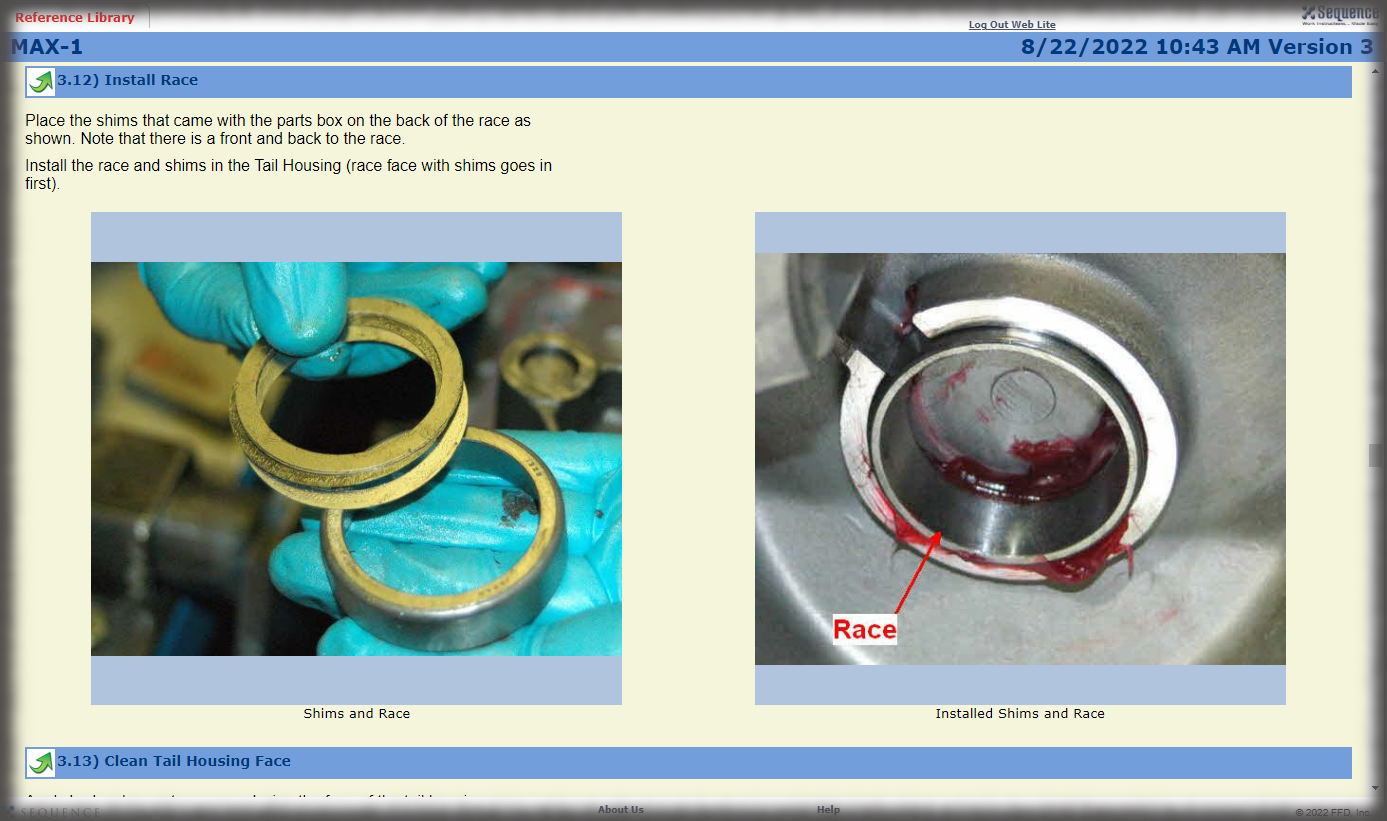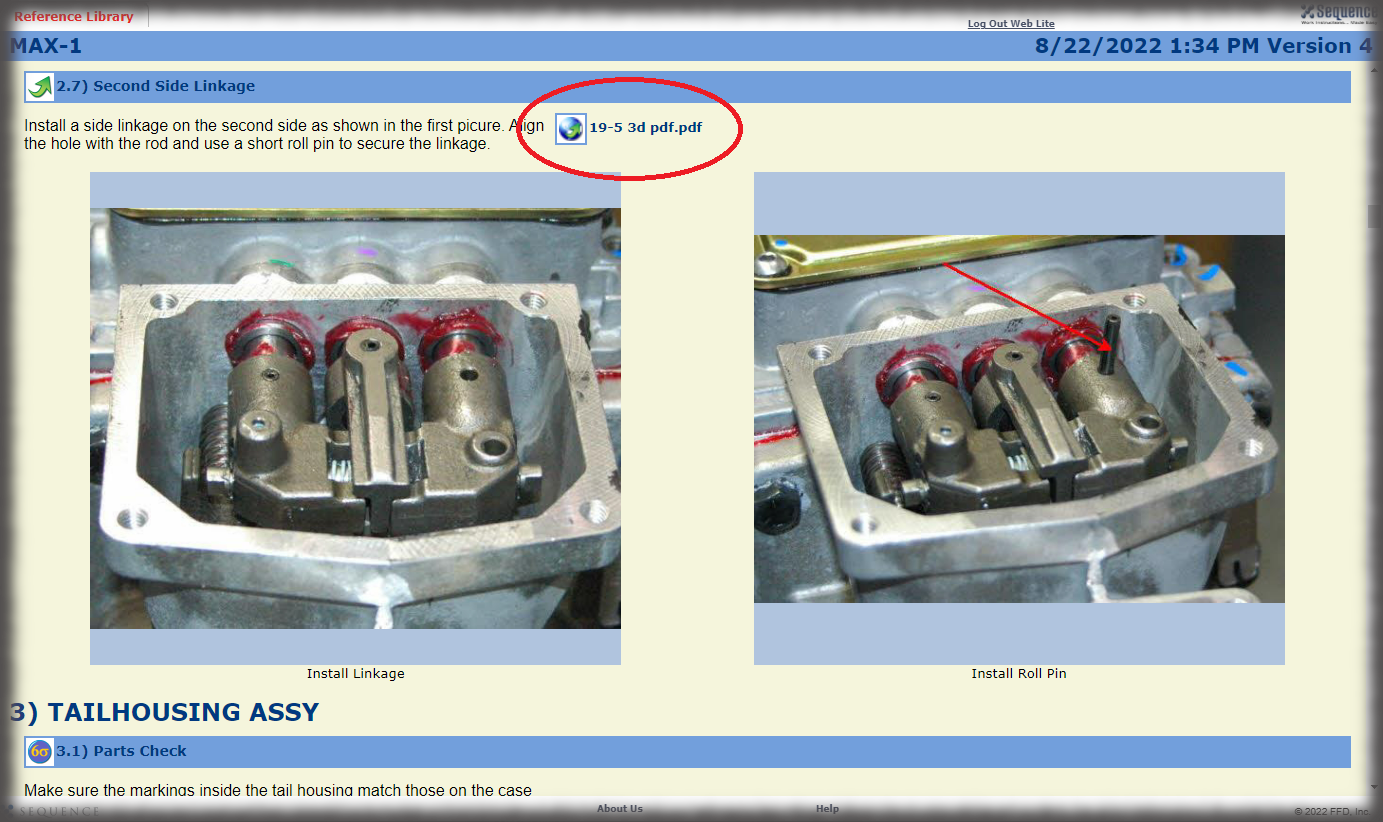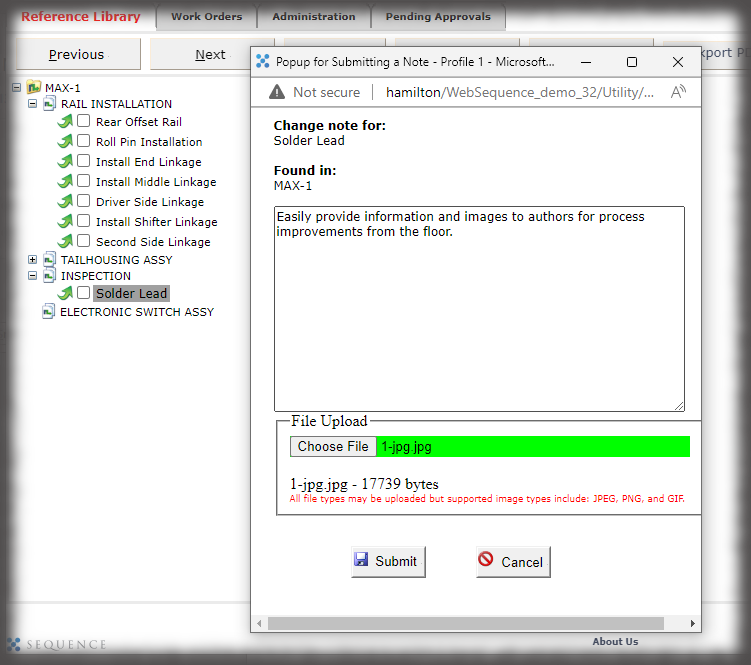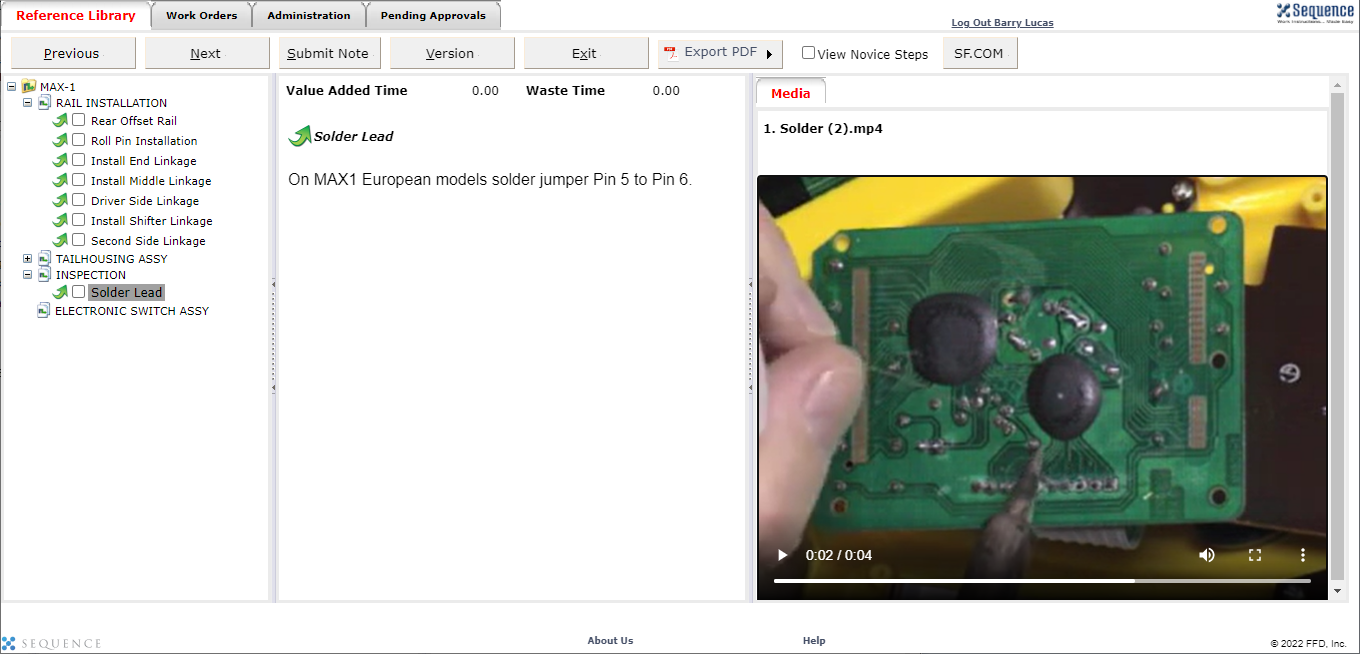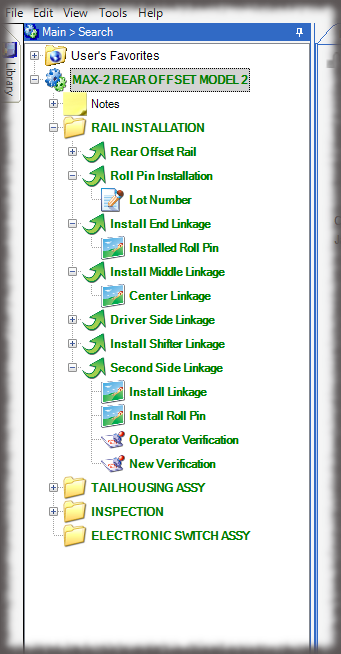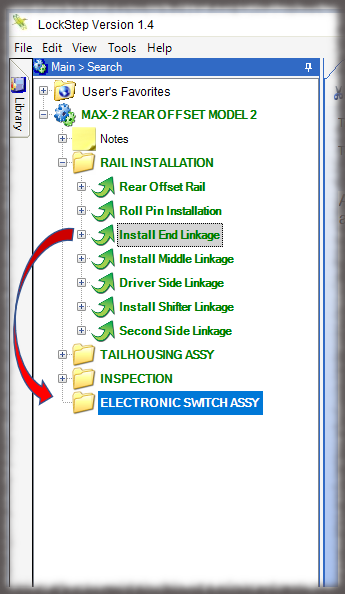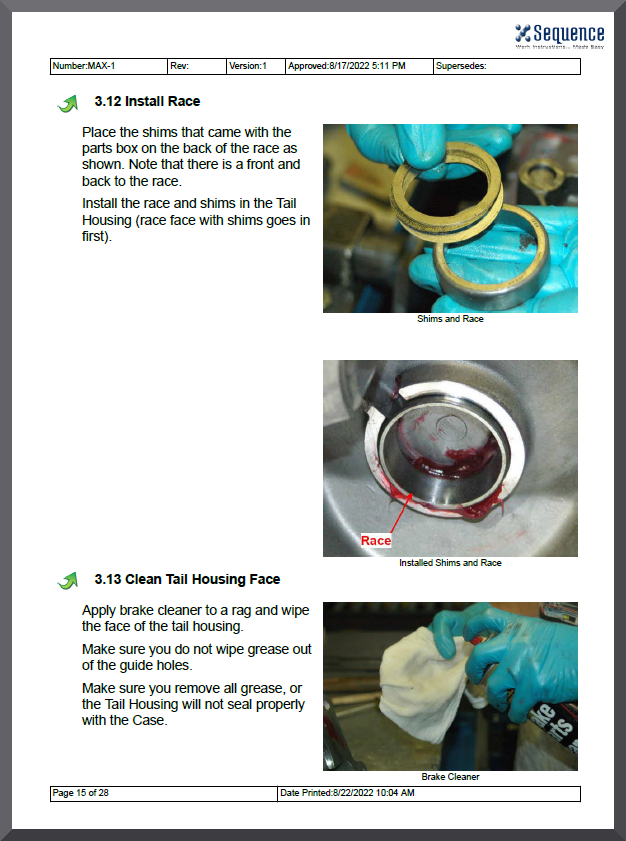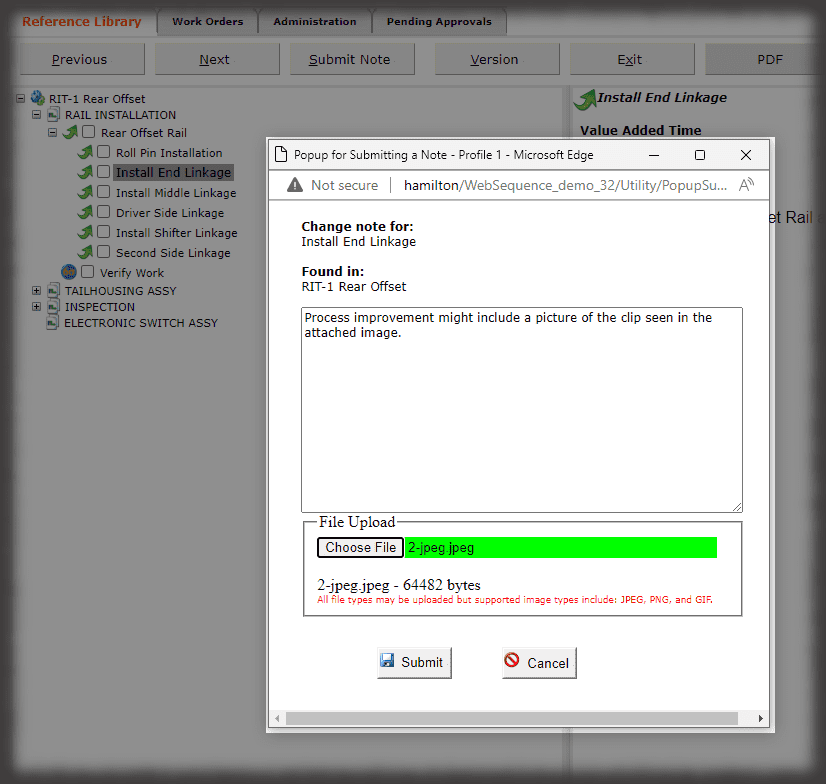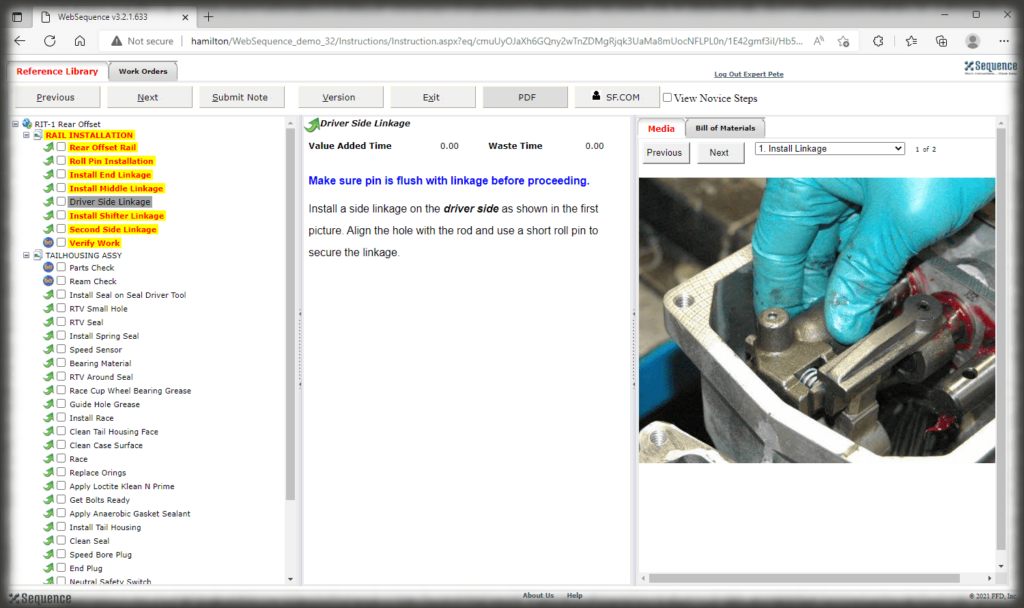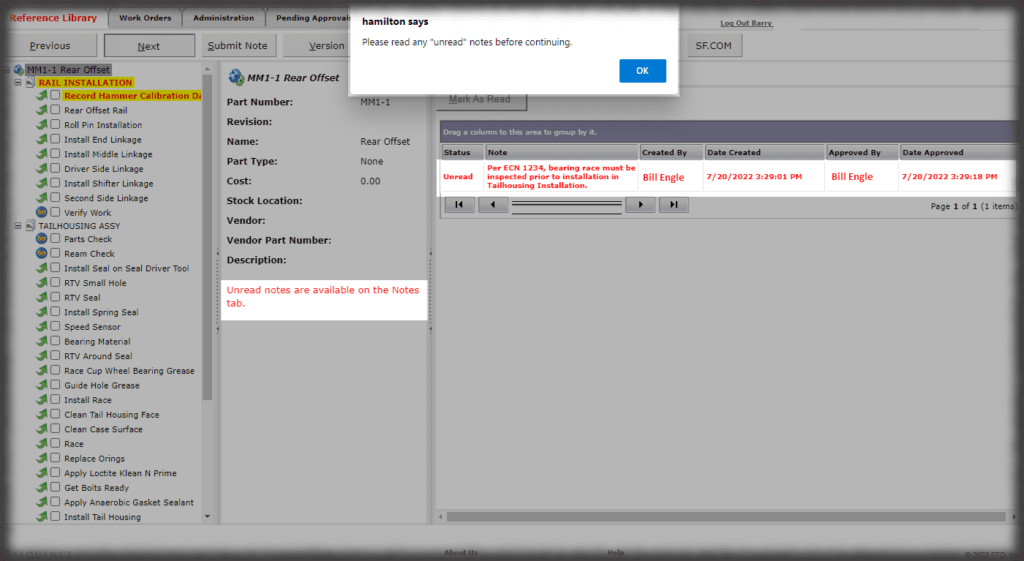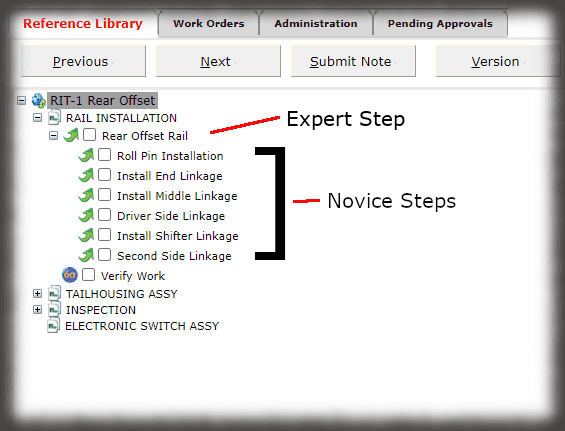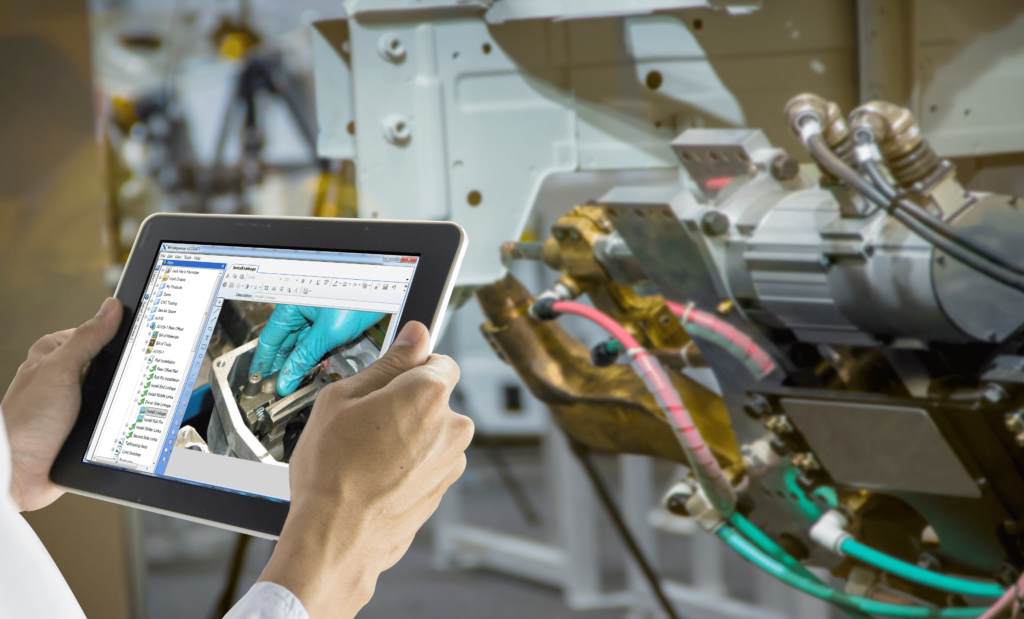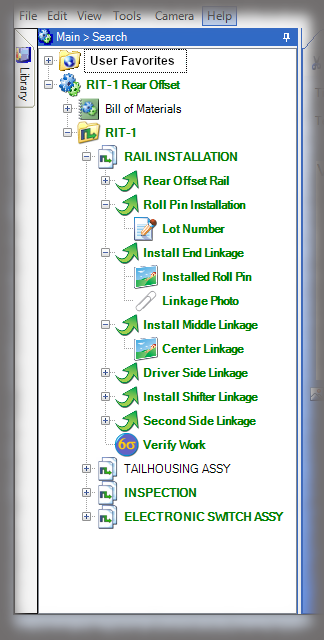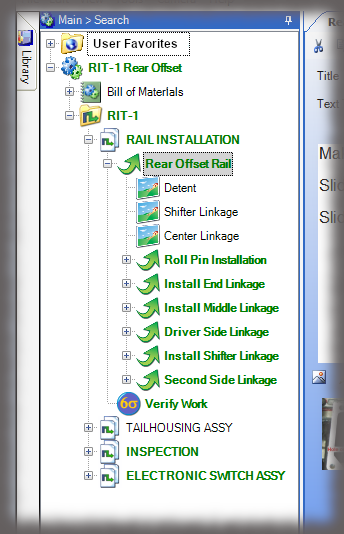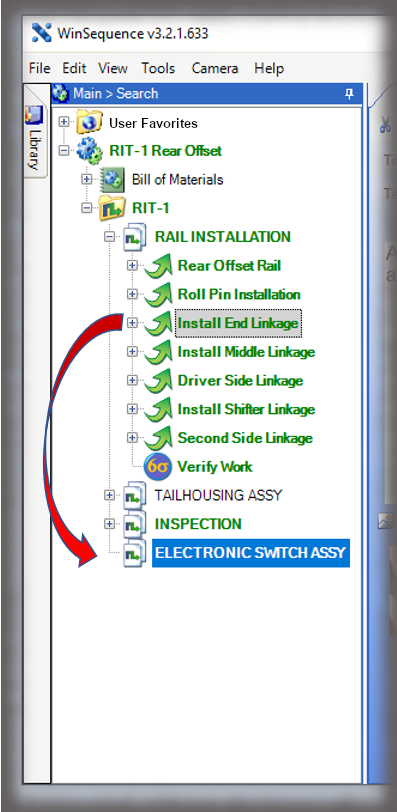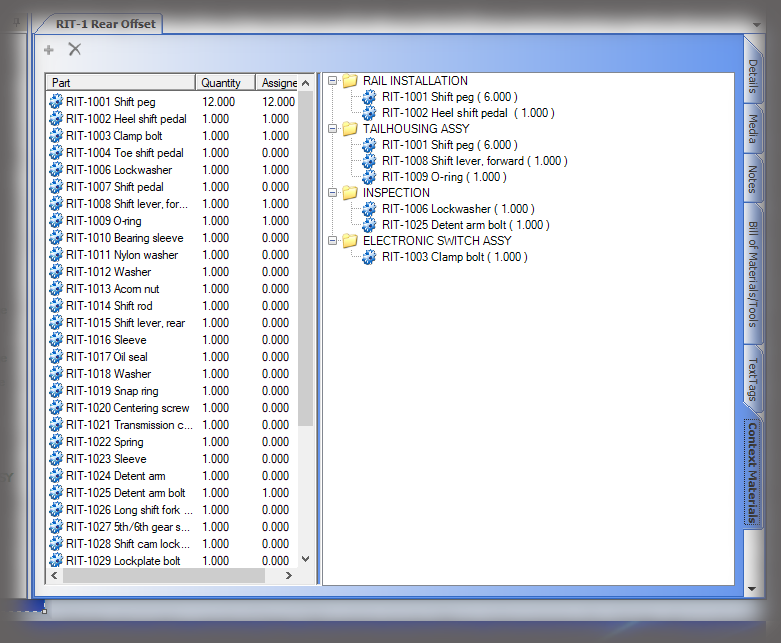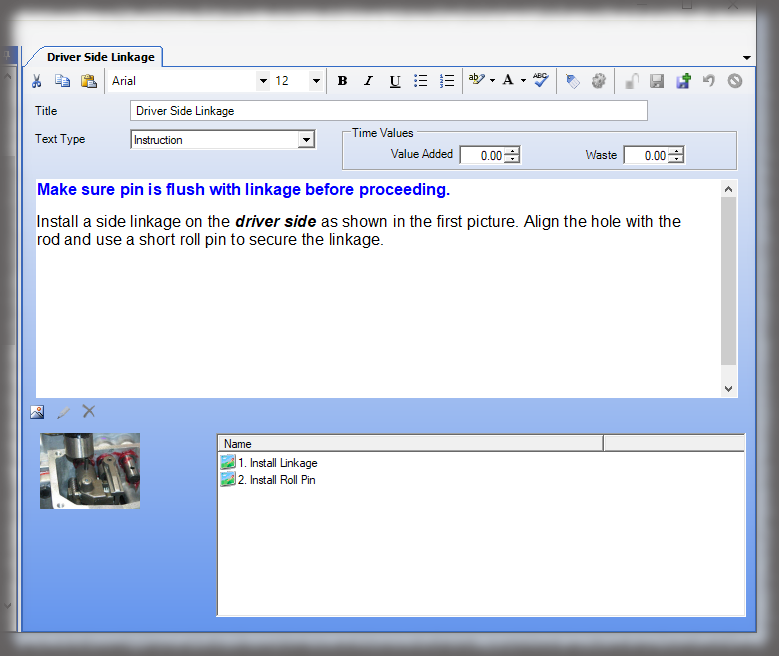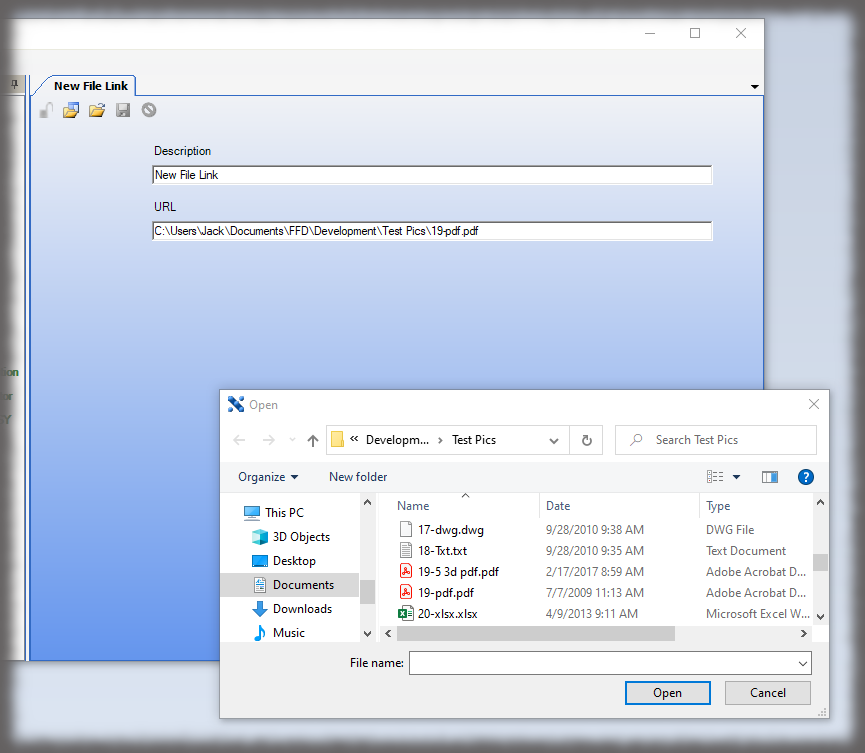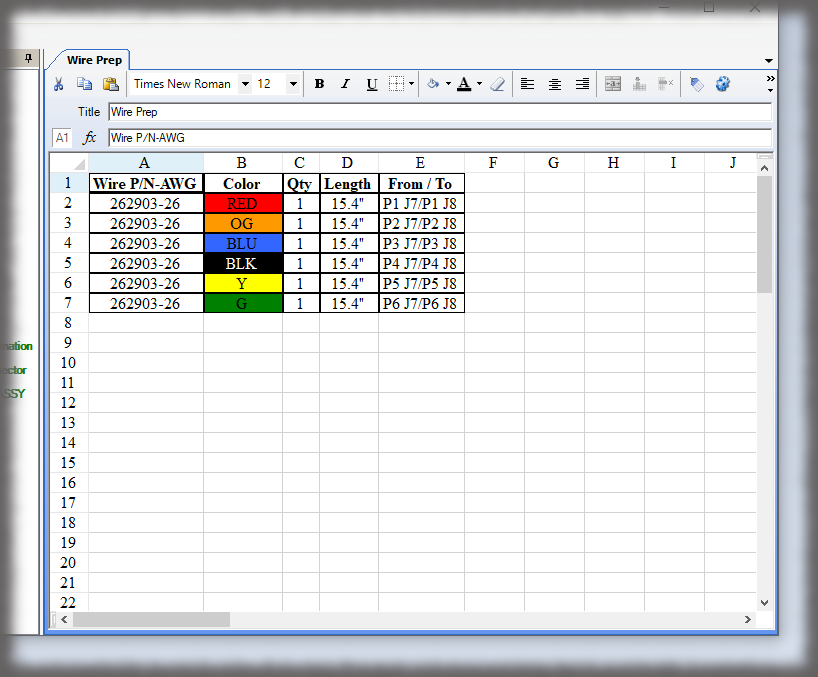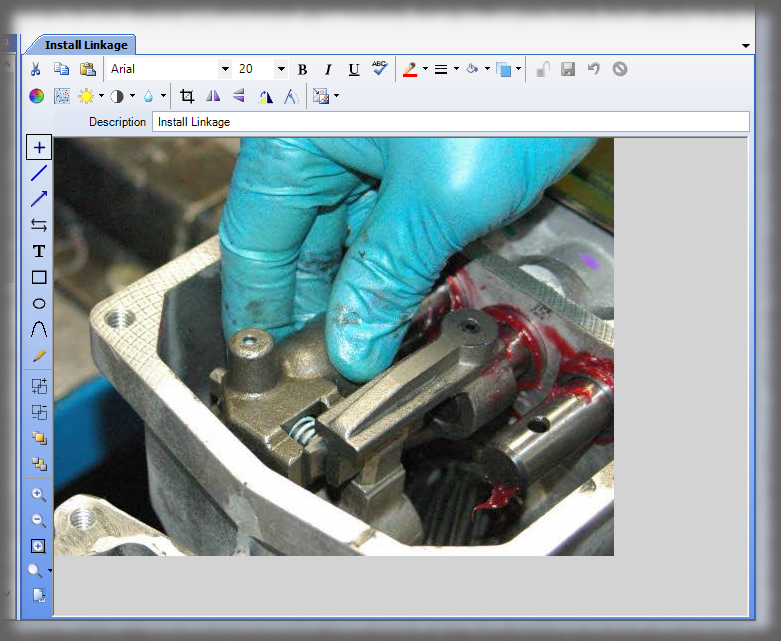n the complex landscape of manufacturing, achieving operational excellence is an ongoing quest, one that goes beyond efficiency. Protecting a brand’s reputation is equally important. Key Performance Indicators (KPIs) encourage engineering manufacturers to look past the manufacturing floor and pay attention to costs that affect brand image. By measuring, analyzing, and optimizing various aspects of their processes, KPIs empower engineers to make data driven decisions that minimize waste while ensuring quality, ultimately protecting brand value. We are going to discuss what KPIs are, why they are beneficial, which ones are vital in manufacturing, and the best practices for measuring and utilizing KPIs to improve manufacturing.
Understanding Key Performance Indicators (KPIs)
Key Performance Indicators, or KPIs, are measurable values that demonstrate how effectively a company is achieving its key business goals. Imagine KPIs as something measurable in your everyday life, such as speed on a speedometer, customer satisfaction with products or services, or operational efficiency. By monitoring these indicators, you can determine what is working, what needs improvement, and whether your company is on track to reach its goals.
Benefits of KPIs in Manufacturing
The benefits of implementing KPIs in manufacturing are numerous. First, they provide a real-time snapshot of performance, enabling quick identification of areas that require attention. Additionally, KPIs facilitate data-driven decision-making, enhancing the overall efficiency and productivity of the manufacturing process. By continuously monitoring and adjusting processes based on KPIs, companies can streamline their operations, reduce costs, and improve customer satisfaction.
Key Manufacturing KPIs
What are the most important KPIs in manufacturing? Warranty claims, escapes, scrap, waste, rework, and recalls—these are not just buzzwords, they are crucial manufacturing KPIs that help a company understand product quality and process efficiency. These indicators are crucial tools for assessing and improving performance and offer valuable insights into the manufacturing process.
Warranty Issues
Warranty Issues, usually related to product quality or performance, require a repair, replacement, or refund of the product from the manufacturer to the customer. Warranty Issues can cause multiple problems for manufacturers including an impact to profit margins and/or brand reputation.
First, from a profit margin standpoint, your company could experience financial loss through repairs, replacements, returns, and administrative tasks. The decrease in profit could lead to price increases on products and an impact on a brand’s competitiveness within its market. Some companies have even knowingly shipped goods that will have a warranty issue, so they send a service technician to fix the issue upon arrival.
Second, warranty claims can point towards weaknesses in the manufacturing process, highlight design flaws, or inadequate production procedures. Ignoring any of these issues can lead to added warranty claims and costs.
Finally, warranty issues can damage a brand’s image and affect the customer’s trust. Customers that experience a product failure are less likely to recommend the brand or make additional purchases from the company. Addressing warranty issues goes beyond basic cost control and ensures you have healthy profits and happy customers.
Escapes in the Production Line
Escapes are defective products that miss quality control and still make it out of the warehouse or production line. Much like warranty issues, escapes cost time and money to either repair or replace an item. Considering the total cost of defects, you not only have the expense of repairs or remaking the product, but you also lose out on the initial investment of materials and time spent on the first attempt. Escapes will also affect the customer’s trust in your product and company. The escapes indicate areas for improvement in your production process that could reduce the need for employee retraining or equipment repairs.
However, there are some industries that have zero tolerance for escapes. Quality must be built in using good work instructions or inspected in by quality. For example, the pyrotechnics for an ejection seat for a fighter aircraft cannot fail—there is no room for an escape.
Waste in Manufacturing
Waste in manufacturing is not just discarded materials—it is a sign of inefficiency and a strain on resources. Every piece of scrap metal, excess packaging, or spill represents lost potential and profit. There are eight recognized types of waste in manufacturing.
- Defects- products that require rework, must be scrapped, or unusable due to errors
- Overproduction- making more products than customer demand
- Waiting- idle time for people, equipment, or materials due to inefficiencies or delays
- Transportation- unnecessary movements of materials or products within the production process
- Inventory- excess raw materials, work-in progress, or finished goods stored unnecessarily
- Motion- unnecessary movement of people or equipment during production
- Overprocessing- performing unnecessary steps or using more resources than required to create a product
- Non-Utilized Talent- underutilizing employee skills or knowledge potential
- Inspecting Quality In- when processes are not designed or documented well, then additional cost is incurred to inspect each part
Measuring waste helps identify areas for improvement and track progress towards more efficient operations. Let’s look at the most common tools and techniques for measuring waste.
- Data Collection- recording relevant data such as output, downtime, or inventory levels
- Statistical Analysis- calculating metrics like defect rates, cycle times, and turnover rates
- Process Observation- physically observing work activities to identify unnecessary movements, waiting times, or overprocessing steps
- Cost Analysis- estimating the financial impact of each waste type
- Visual Tools- using tools like maps, diagrams, and graphs to visualize waste generation
Rework
Rework is an additional negative factor that can further affect profitability and efficiency. Rework is the process of correcting or repairing a company’s product that did not meet specifications or standards. Rework happens due to design flaws, process issues due to human or machine errors, and non-conforming materials—materials that do not meet expectations or have cosmetic imperfections.
Rework is particularly expensive in defense and aerospace applications. Typically, these industries have special business processes for a materials review board (MRB) to evaluate a non-conforming part to decide the disposition—is the part scrapped, reworked, or accepted as-is. The MRB certainly includes quality personnel, but the MRB often includes a representative from the customer who says how willing they are to accept the part.
Recalls
Recalls include the repair or replacement of all products affected, contributing to a massive financial loss, scrutiny from regulatory bodies, such as the FDA or FAA, and lost confidence and trust from consumers.
Identify and Track KPIs with Visual Work Instructions
Visual Work Instructions (VWIs) can be powerful tools for improving KPIs in manufacturing. Elements of writing good instructions that lead to improved KPIs include:
- Process Breakdown: maps out each step of a process making it easier to identify critical points where performance impacts desired outcomes
- Performance Bottlenecks: highlights potential areas where errors frequently occur
- Standardization and Consistency: ensures everyone follows the same process, leading to consistent performance
- Data Integration: integrates with data collection systems, allowing companies to directly track specific metrics relevant to their chosen KPIs.
Instantaneous feedback with the VWIs drives performance improvement. Some useful tools include:
- Visual Cues: incorporate visual elements like color-coding, symbols, or progress bars to highlight performance in real time.
- Interactive Dashboards: display KPI data in real-time allowing for continuous analysis and monitoring.
- Data Analysis: can identify root causes of performance issues and make data driven improvements to the manufacturing process.
Use Sequence Software Solutions for your Visual Work Instructions to Improve KPIs
In the dynamic world of manufacturing, Key Performance Indicators serve as invaluable tools for measuring and optimizing performance. From tracking waste and scrap to addressing warranty issues and escapes, KPIs play a pivotal role in enhancing operational efficiency. By embracing and continuously improving upon these metrics, manufacturers across industries can reach new levels of efficiency and ensure the delivery of superior products to their customers.
Does your company find itself struggling to improve these important KPIs? Sequence Software can help! We specialize in digital work instructions that can help operations build quality into products rather than inspecting it in. Contact Sequence to see how we can improve your manufacturing operations.


